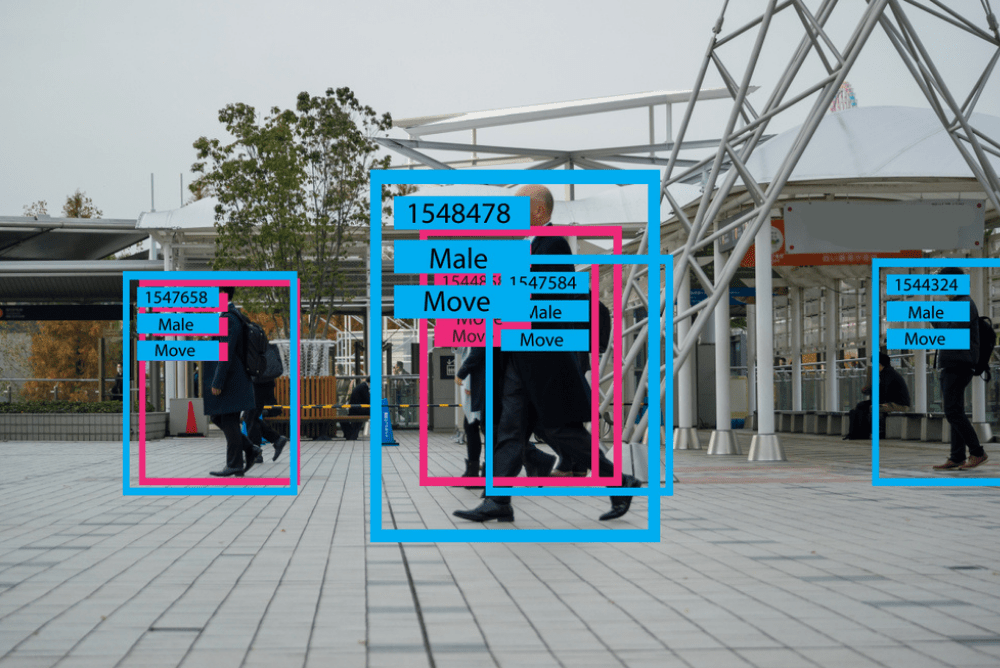
All That You Need to Know About Audio Annotation
Ever wondered how Siri and Alexa not only quickly and effectively handle most of our queries or demands but also come back with some wacky responses to our bizarre questions? Or how can we successfully run a complete banking transaction online with a customer service associate who is not human? How are machine-human interactions consistently becoming more authentic, seamless, and meaningful? All this and more are possible thanks to technologies like NLP, AI, and ML that are evolving fast and are close to cracking the Turing Test. However, it has been a challenging and long haul to get here and will only get tougher. For example, voice assistants like Siri and Alexa are fed with humungous volumes of annotated audio to train them to understand the context of our queries, sentiments, semantics, and many other nuances of human behavior.
To push the boundaries and scale heights, we must train AI models with more and more volumes of relevant data, and this is possible only with next-gen data annotation techniques. One such technique is Audio Annotation.
Audio annotation is a technique that makes audio or voices stored in any format understandable and comprehensible to machines. It is the process of labeling audio datasets, which could comprise anything from environmental noise, conversations to even machine sounds. Proper labeling and tagging of these audio datasets help machine learning models make sense of the sounds. Audio annotation plays a critical role in developing virtual assistants, chatbots, and other Natural Language Processing (NLP) technologies. It also includes identifying various languages, dialects, speaker demographics, and transcriptions of specific pronunciation and intonation. Every audio annotation project is unique and requires a customized approach.
In a nutshell, audio annotation is all about labeling recordings in a format easily understood by the machine learning setups.
Listed below are some of the prominent audio annotation services that organizations can leverage to stay competitive in today’s fast-evolving digital landscape.
Sound or speech labeling is a standard audio annotation technique that involves isolating the identified sounds and labeling them with specific metadata. It essentially means separating sounds from a piece of audio and annotating them accurately to make the training datasets more inclusive and meaningful for the AI models.
This form of audio annotation evaluates the performance of the sound event detection systems where sound sources are rarely heard in isolation, much like everyday life. There can be no control over the number of overlapping sound events at each stage – not at the time of testing the audio data nor during machine training.
An integral part of the NLP technology, speech-to-text transcription involves transcribing recorded speech into text format while accurately labeling words and sounds. Be it intonation, pronunciation, punctuation, etc. All are carefully labeled to create qualitative datasets for machine training and development.
This technique involves listening to the audio recordings to analyze & classify them into predetermined categories. Vital to the development of virtual assistants, automatic speech recognition, and text to speech format, machines can differentiate between sounds and voice commands.
From interactive virtual assistants to in-vehicle navigations, speech-activated systems are fast becoming an integral part of our lives. However, for these intuitive, inventive,
and autonomous models to perform efficiently and flawlessly, they must be trained with curated, qualitative and relevant data. And here, we don’t mean feeding datasets blindly, as these won’t add much value to the AO models unless they are contextual and relevant. This is where audio annotation pulls an ace, ensuring the datasets are tagged perfectly and tailored to specific use cases.
We are an advanced technologies software services company with a sharp focus on Data Annotation & Labeling and AI ML Model Development & Automation. We leverage state-of-the-art data annotation & labeling tools and over 180+ skilled resources to deliver high-quality and scalable datasets customized to client requirements with a proven services portfolio across image, video, text, and audio. These help our customers train AI/ML algorithms according to specific use cases, build top-performing AI models, and accelerate deep learning. Our solutions also help overcome one of the most crucial bottlenecks in AI initiatives today – the availability of qualitative and scalable training datasets in a cost-effective model. aiTouch’s annotators work on both client and in-house platforms to deliver a versatile range of work, from labeling to ground-truth dataset creation. We work across verticals like retail, automotive, healthcare, BFSI, manufacturing, enterprise, governance, to name a few.
Want to know more about our data annotation and labeling portfolio? Reach us at akash.goyal@aitouch.in, and our team would be happy to assist you in any current data annotation requirements.